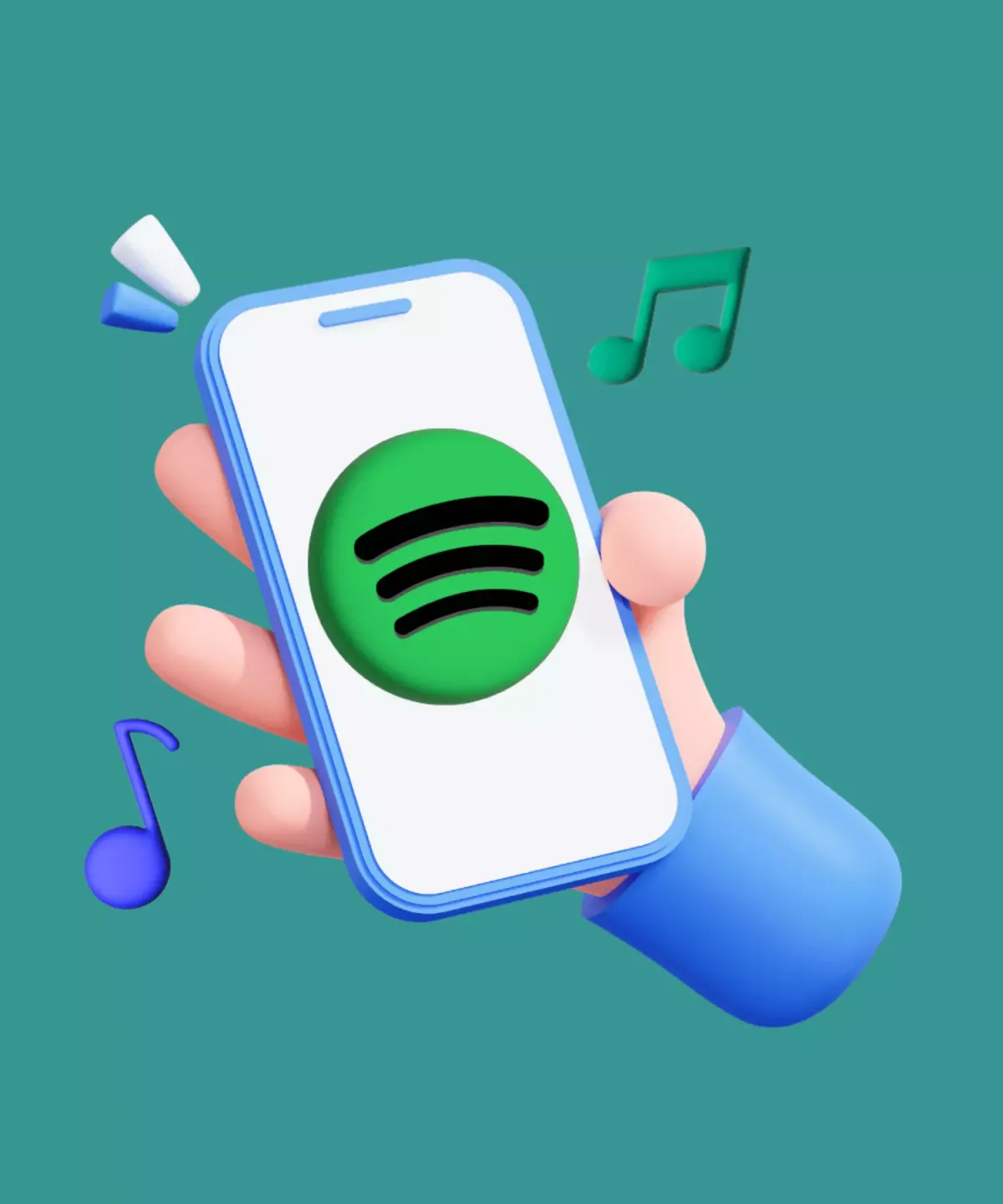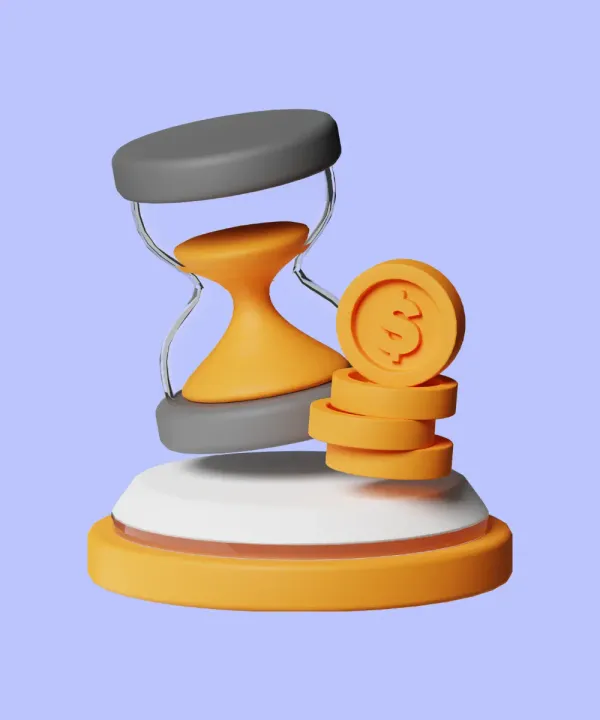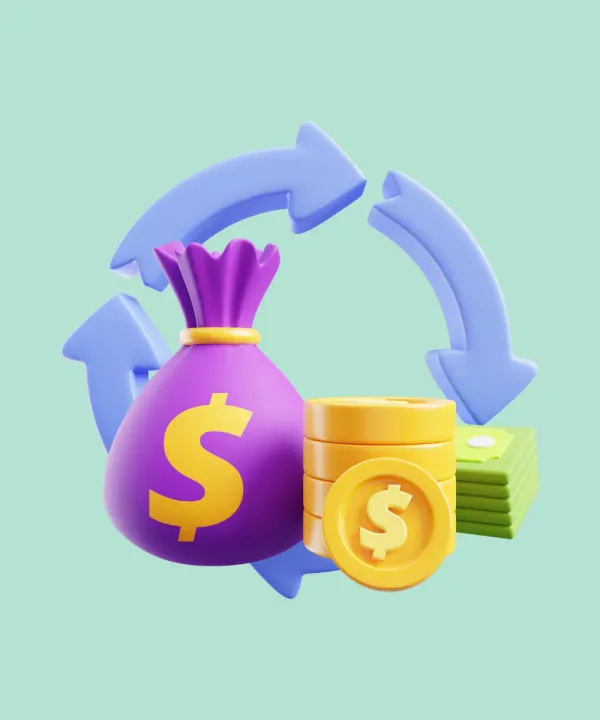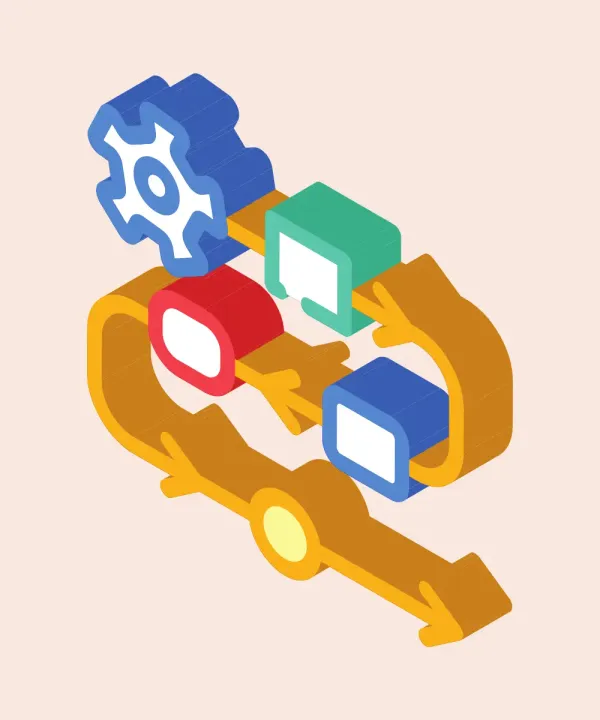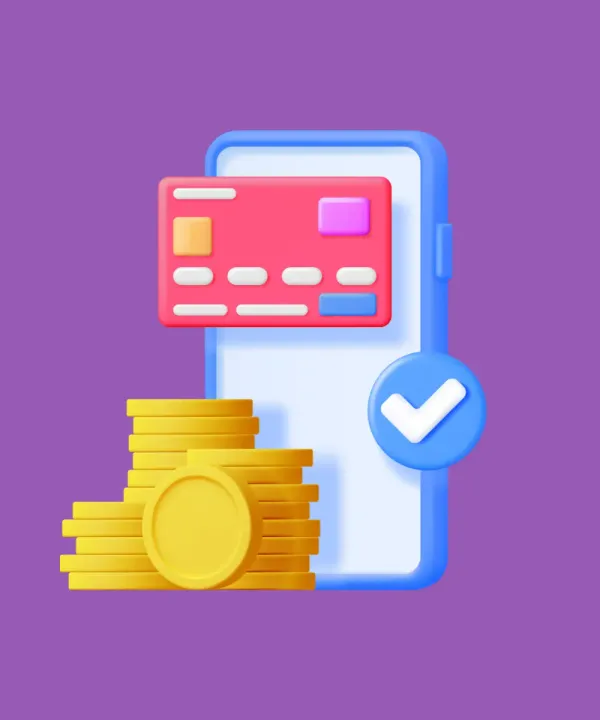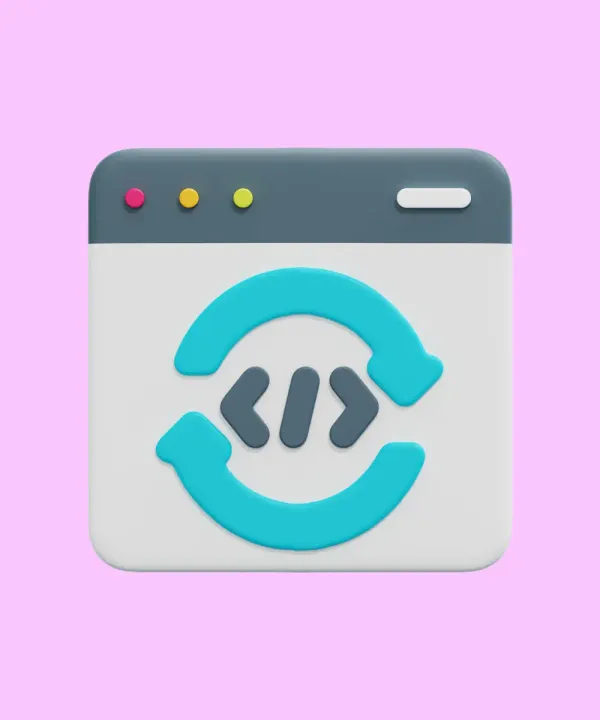In the current digital era, music streaming apps have taken the center stage in entertainment, with Spotify leading the pack as one of the most popular platforms worldwide. Yet, behind its sleek interface and vast song library lies a complex architecture that's worth dissecting. For budding entrepreneurs and businesses, understanding the cost dynamics of developing an app like Spotify can be an enlightening journey. It's not just about curating a song library; it's about integrating advanced features, ensuring seamless user experience, and maintaining the app's robustness amidst increasing competition.
This comprehensive guide aims to unravel the intricacies behind creating a powerful music streaming application akin to Spotify. We'll delve deep into its core functionalities, spotlight the features that provide it with a competitive edge, and give you a ballpark figure of the potential expenses. So, if you're contemplating venturing into the world of music streaming apps, or merely curious about what goes into building such a masterpiece, you're in for a treat!
Understanding the Core Functionality of Spotify

Developing an app with the depth and complexity of Spotify demands an intricate knowledge of its primary features. Beyond the surface, Spotify's seamless user experience results from the integration of various functions that ensure ease of use and interactivity. Let's delve deeper into these core functionalities:
User registration and profile management
- This is the gateway to personalized user experience. New users can sign up using email or through social media platforms. Once registered, users have the ability to customize their profiles, change their display picture, username, or connect to friends.
Search functionality
- At the heart of Spotify is its powerful search engine. Users can effortlessly find tracks, albums, artists, podcasts, or playlists. This function also supports filters, allowing searches based on genres, moods, or release dates.
Music streaming
- The primary essence of Spotify. It enables users to stream millions of songs, podcasts, and other audio content. The app ensures uninterrupted playback with high-quality sound, buffering songs in advance to avoid pauses.
Playlists
- One of the standout features is the ability for users to curate their own playlists. They can also explore and follow playlists made by other users or those curated by Spotify’s editorial team for different moods, activities, or occasions.
Offline access
- For those moments when users are off the grid, Spotify allows premium subscribers to download their favorite tracks or playlists and listen without an active internet connection.
Recommendation and discovery
- Powered by sophisticated algorithms, Spotify studies user preferences and listening habits to suggest new songs, artists, and playlists. The 'Discover Weekly' and 'Release Radar' are prime examples, giving users a fresh list of songs tailored just for them every week.
Radio stations
- Based on artists, songs, or genres, Spotify creates automated radio stations. These stations play a continuous stream of music, giving users an opportunity to explore similar music and discover new artists.
Podcasts
- Over the years, Spotify has expanded its domain from just music to include podcasts. Users can explore a diverse range of podcasts, subscribe to them, and even download episodes for offline listening.
Intuitive user interface
- One cannot overlook the app's design when discussing its core functionalities. The dark-themed UI, complemented by easy navigation and crisp visuals, ensures that users have an immersive experience, whether they're browsing or listening to their favorite tunes.
In essence, the success of an app like Spotify doesn't just lie in its vast music library, but in the intricate weaving of these functionalities to deliver an unparalleled user experience.
Additional Considerations
Beyond the foundational features that power Spotify, there are several other aspects and nuances that elevate the platform's user experience, making it a top choice for music aficionados. These are the facets that, while not core to the music streaming experience, significantly enhance user engagement, satisfaction, and loyalty. Let's explore these additional considerations:
Design & User Experience (UX)
- Spotify thrives on its sleek and intuitive design. A user-friendly interface, paired with a strategic color palette, fonts, and visuals, boosts user engagement. A smooth UX isn't just about looks—it includes quick page transitions, logical content arrangement, and prompt responses.
Backend infrastructure & database
- The app's backbone lies in its backend, managing user profiles, playlists, song metadata, reviews, and listening history. As user numbers might surge, a scalable backend is paramount.
Cross-platform accessibility
- This strategy involves utilizing a single code base to serve multiple operating systems, supplemented by pre-existing libraries and components. For example, using tools such as Flutter offers simultaneous support for both iOS and Android users. This unified development approach can result in cost savings, as businesses only need to invest in one codebase rather than separate ones for each platform. Nonetheless, ensuring a uniform user experience across various devices and operating system versions might extend the development timeline.
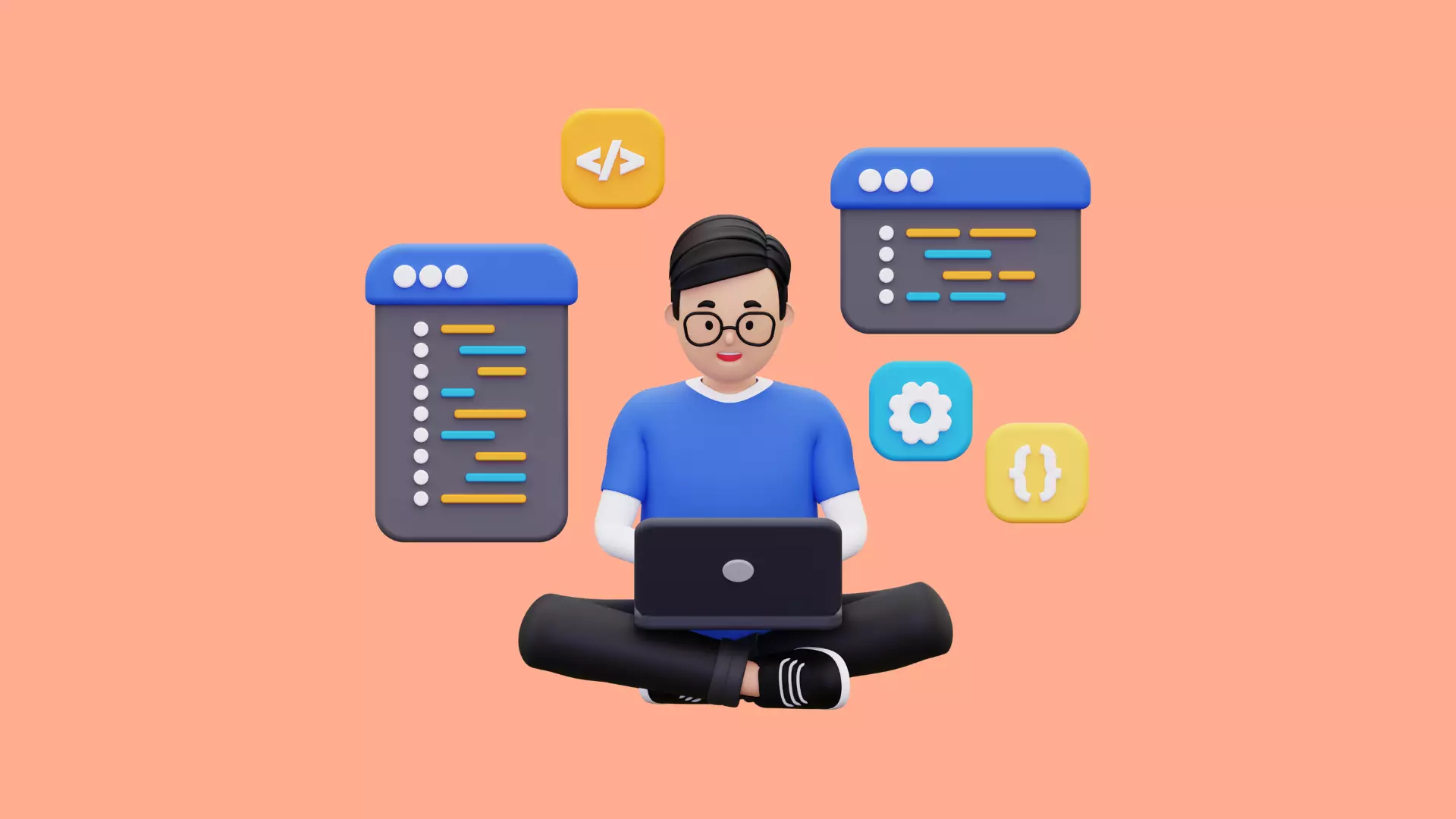
Localization & globalization
- Spotify's charm is its worldwide appeal. Supporting diverse languages, regional playlists, and understanding global music trends are essential. Localization isn’t just linguistic—it's about curating content for each cultural niche.
Security & compliance
- On a platform where personal tastes, preferences, and payment details merge, security is paramount. Encryption, safe payment methods, and adhering to global user data regulations are non-negotiable.
Testing & quality assurance
- Rigorous pre-launch testing ensures the app runs flawlessly. Usability checks, performance evaluations, and security assessments are vital. Post-launch updates, influenced by user feedback, refine the listening experience.
Integration with other apps and devices
- Smart devices: Spotify seamlessly integrates with smart speakers like Amazon Echo or Google Home, providing hands-free music control.
- Wearables: With compatibility on devices like Apple Watch or Garmin, users can control playback or even store music offline on their wearables.
- Collaborations: Spotify also partners with other apps, for instance, integrating with Waze for smooth navigation while jamming to your favorite tunes.
Notifications
- Personalized alerts: Users receive notifications about new music releases from their favorite artists, curated playlists, or upcoming concerts nearby.
- In-app promotions: Occasional in-app pop-ups about premium offers, app features, or other promotions keep users informed and engaged.
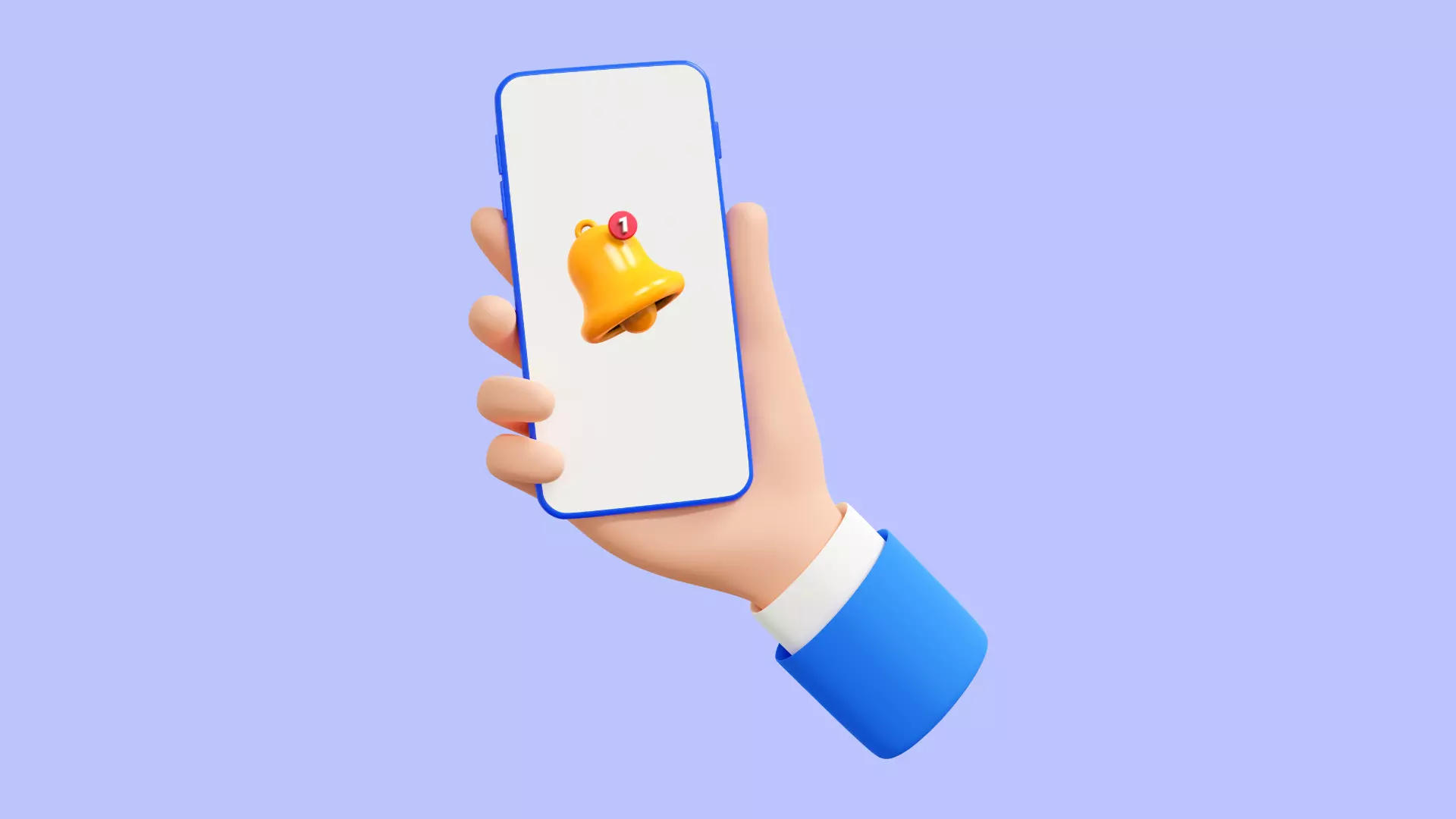
Story features
- Drawing inspiration from social media trends, Spotify introduced 'Storyline,' a feature that allows artists to share insights, inspiration, or stories behind their songs, creating a deeper connection with listeners.
Collaborative playlists
- Users can co-create playlists with friends, making music listening a collaborative and interactive experience.
Artist profiles and analytics
- Spotify isn't just about the listeners. Artists get detailed insights about their music's performance, demographics of their listeners, and more, enabling them to understand and target their audience better.
When contemplating building an app like Spotify, it's these supplementary features that can make all the difference. They enrich the user experience, encourage prolonged engagement, and most importantly, create a holistic ecosystem that goes beyond just streaming music.
Breakdown of Spotify-like App Development Costs
Here's a rough estimation of hours and cost involved for each feature. Please note that these are estimated figures and the actual figures might vary depending on various factors including design complexity, the development team's location, and their experience.
This table illustrates the estimated hours and price (calculated at $40/hour) for each feature.
| Feature | Estimated Hours | Cost $40/hr |
|---|---|---|
| Core Features | ||
| User registration and profile management | 80-120 | $3,200-$4,800 |
| Search functionality | 120-160 | $4,800-$6,400 |
| Music streaming | 200-250 | $8,000-$10,000 |
| Playlists | 100-150 | $4,000-$6,000 |
| Offline access | 120-160 | $4,800-$6,400 |
| Recommendation and discovery | 150-200 | $6,000-$8,000 |
| Radio stations | 80-120 | $3,200-$4,800 |
| Podcasts | 80-120 | $3,200-$4,800 |
| Intuitive user interface | 150-200 | $6,000-$8,000 |
| Additional Considerations | ||
| Design & User Experience (UX) | 180-220 | $7,200-$8,800 |
| Backend Infrastructure & Database | 420-480 | $16,800-$19,200 |
| Multi-platform Compatibility | 230-270 | $9,200-$10,800 |
| Localization & Globalization | 90-110 | $3,600-$4,400 |
| Security & Compliance | 120-140 | $4,800-$5,600 |
| Testing & Quality Assurance | 170-200 | $6,800-$8,000 |
| Integration with other Apps & Devices | 110-130 | $4,400-$5,200 |
| Notifications | 60-80 | $2,400-$3,200 |
| Story Features | 70-90 | $2,800-$3,600 |
| Collaborative Playlists | 75-95 | $3,000-$3,800 |
| Artist Profiles and Analytics | 65-85 | $2,600-$3,400 |
| Total | 2,670-3,380 | $106,800-$135,200 |
Please note that these are rough estimates and actual development times can vary significantly depending on many factors, such as the specific requirements of the project, the tools and technologies used, the team's experience and skill level, and so on. Furthermore, these estimates do not include time for project management, deployment, maintenance, and other essential aspects of software development.
We've evaluated developing on both Android and iOS using Flutter, primarily because it offers roughly a 50% cost reduction for these kinds of applications. To put it in perspective, native development for Android and iOS would cost much more, both with higher subsequent support expenses.
To learn more about factors influenced app development costs read our comprehensive article about app development cost that delves deep into these considerations, providing clarity for those looking to explore this avenue.
Things to Consider When Making an App Like Spotify
Building an app like Spotify is a thrilling venture, bridging the gap between technology and music. While the earlier sections highlighted the functionalities and added features that make Spotify the giant it is today, there are underlying considerations any budding entrepreneur should be aware of. From the foundational technological decisions to the choice of who crafts your dream, every step is crucial. Here's a detailed exploration:
User experience (UX) and design:
- Simplicity: An intuitive design ensures users can navigate with ease.
- Appeal: Engaging visuals and an inviting layout can significantly improve user engagement.
- Personalization: Features like customized playlists or theme adjustments make users feel valued and connected.
Licensing and copyrights:
- Legal matters: Acquiring licenses for music streaming is crucial, with varying costs based on regions, genres, or individual artists.
- Collaborations: Building direct ties with music labels or independent artists can offer exclusive content and simplify licensing.
Choosing the right tech stack:
- Backend and frontend technologies: Opt for reliable and scalable technologies that can handle extensive databases and simultaneous user requests.
- Mobile platforms: Decide between native app development (iOS/Android specific) or cross-platform frameworks like Flutter, depending on your target audience and budget. You can explore all advantages of Flutter for projects from our article.
- Cloud infrastructure: Leveraging cloud solutions ensures scalability and efficient data handling.
Hiring an app development agency:
- Experience: Opt for agencies with a proven track record in developing music or media streaming applications. The right team can transform your vision into reality. Hiring professional app development agency can make all the difference in ensuring your app not only looks good but also functions efficiently and meets your business objectives.
- Transparency: Ensure the agency maintains clear communication, providing regular updates and incorporating feedback.
- Post-deployment support: The agency's role shouldn't end at launch. Continuous support for bug fixes, updates, and feature enhancements is crucial.
Quality assurance and continuous feedback:
- Beta testing: A preliminary release to a select audience can provide valuable feedback and insights.
- Iterative improvement: Based on user feedback, continuously improve and introduce new features or optimizations.
Maintenance and regular updates:
- Compatibility: Regular updates ensure compatibility with the latest OS versions and devices.
- Innovation: Stay ahead of competitors by regularly introducing innovative features based on market trends.
Marketing and outreach:
- Distinct positioning: Highlight what sets your app apart, be it unique features or exclusive content.
- Engage with the community: Utilize social media, influencers, and user-generated content to foster community and increase engagement.
- Special promotions: Introduce trials, discounts, or referral bonuses to attract and retain users.
Security measures:
- Protecting user data: Adhere to regulations like GDPR and prioritize user data protection.
- Secure transactions: If incorporating premium features, ensure your payment gateway is foolproof against breaches.
Diverse content offerings:
- Expanding beyond music: Consider including podcasts, audiobooks, or region-specific content.
- Localizing content: Cater to local preferences for a personalized touch, enhancing popularity in targeted regions.
Feedback mechanism and online reputation:
- Easy reporting: Incorporate a system for users to provide feedback or report issues seamlessly.
- Active online engagement: Maintain a proactive presence on app review platforms, addressing both praise and criticism.
Embarking on a journey to create a music streaming app like Spotify is more than just a business endeavor; it's about creating a space for artists and music lovers to connect. By factoring in these considerations, especially pivotal decisions like tech stack and agency choice, you set the stage for a successful and resonant venture.
Conclusion
Creating a music app like Spotify is an intricate journey, intertwining technological innovation, user experience, and musical passion. From a seamless interface to an extensive music library, and from personalization algorithms to social features, there's a lot that goes into making such a platform resonate with music lovers worldwide.
Our detailed breakdown indicates that developing an app resembling Spotify could cost between $106,800 to $135,200, with a prospective development timeline ranging from 2,670 to 3,380 hours. It's crucial to emphasize that these are approximate figures. Real-world expenses can differ based on specific features, design complexities, geographical location, developer experience, and unforeseen challenges that may arise during the development process.
By choosing a reliable mobile app development agency like What the Flutter, you can ensure that your app is built to the highest standards of quality and performance. With our expert team, we can create a stunning, high-performing Spotify-like app tailored to your specific requirements. Contact us today!
Frequently Asked Questions
- What are the primary features that an app like Spotify should have?
A music app similar to Spotify should include:
- User registration and profiles.
- Music streaming with an extensive library.
- Playlists creation and sharing.
- Search functionality.
- Music recommendations and personalized playlists.
- Offline mode for downloading tracks.
- Social integration for sharing and discovering.
- Multiple quality settings for streaming.
- Settings and preferences.
- Push notifications.
- How much does it cost to develop an app like Spotify?
he cost to develop a music streaming app can vary widely based on several factors including app complexity, geographical location of the development team, features, platform (iOS, Android, Web), and more. Typically, a basic version might start from $50,000, but a more feature-rich version or a multi-platform solution could cost $200,000 or more.
- Why choose Flutter for building a music app like Spotify?
Flutter offers a single codebase for both iOS and Android, ensuring faster development and reduced time-to-market. Its rich widget library and powerful UI capabilities make it easier to create a visually appealing and responsive music app. Moreover, Flutter's performance optimization ensures a smooth user experience, vital for streaming apps.
- Is it legal to create an app that streams music?
Creating an app that streams music requires obtaining the necessary licenses and permissions from music copyright holders. This usually involves negotiating with record labels and artists or their representatives. Without proper licensing, streaming copyrighted music is illegal.
- How does Spotify make money?
Spotify primarily earns through two revenue streams:
- Subscription-based model: Users pay a monthly fee for an ad-free experience, better audio quality, and offline listening.
- Advertisement: Free users hear ads between tracks, and advertisers pay Spotify to play these ads.
- How long does it take to develop a music app like Spotify?
The development time can vary based on the app's complexity, the features you want to include, and the size of the development team. A basic version might take 3-4 months, while a more comprehensive solution could take 12 months or more.
- How do music recommendations work in apps like Spotify?
Music recommendations are often powered by algorithms that analyze a user's listening habits, preferences, and behaviors. These algorithms consider various factors such as song genre, artist preference, listening duration, and more to suggest similar songs or artists.
- Can I create a music app without any technical background?
While having a technical background helps, it's not a strict necessity. You can hire a development team or partner with tech specialists. However, understanding the basics can help you make more informed decisions throughout the development process.
- What strategies can I adopt to attract users to my music app?
Effective strategies include:
- Unique content offerings or exclusive releases.
- Collaborations with artists for exclusive sessions or interviews.
- Gamification elements to increase user engagement.
- Introductory offers or discounts for premium subscriptions.
- Social media marketing and influencer partnerships.
- How can I integrate social features into my music app?
Consider incorporating:
- Social logins (like Facebook or Google).
- Playlist sharing capabilities.
- Collaborative playlists where multiple users can add tracks.
- Integration with social media platforms for easy song sharing.
- A "friend activity" feature showcasing what friends are listening to.


